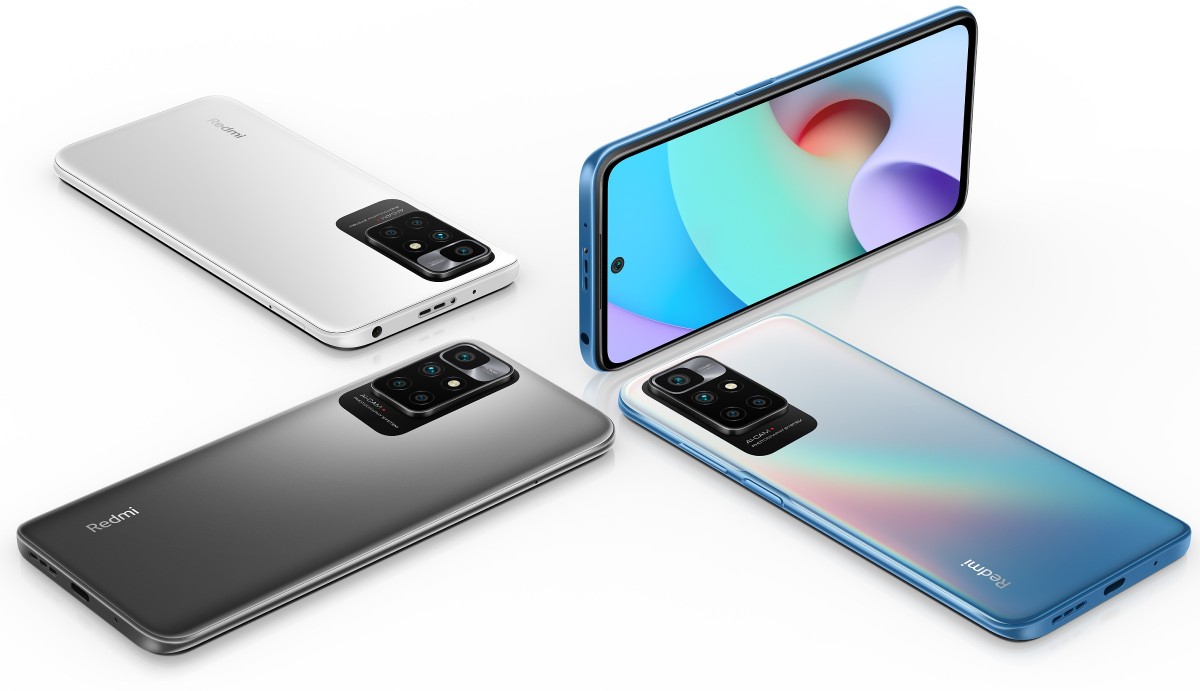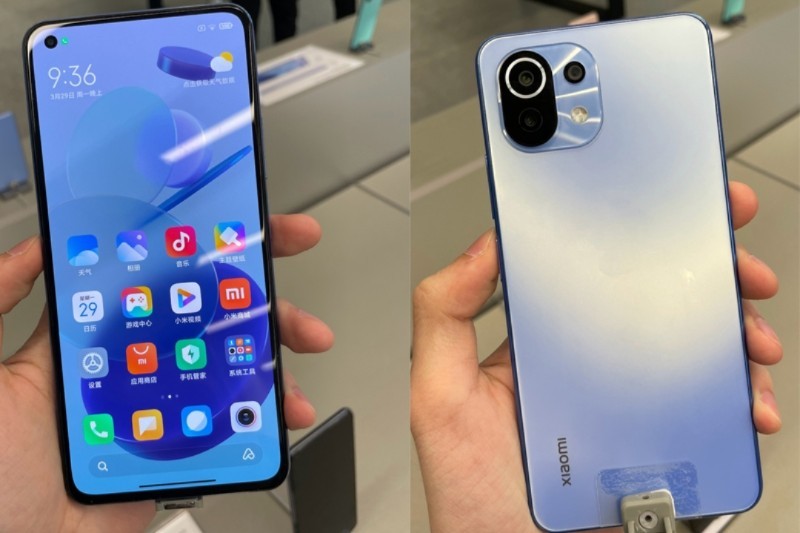Xiaomi has now finally launched the Redmi 10 globally. The Redmi 10 sits below the Redmi Note 10 in Xiaomi’s hierarchy and may prove a more attractive device thanks to an attention-grabbing design, overall solid hardware, and a sub-US$200 price tag.
While the Redmi brand has expanded in multiple directions, its core is still the vanilla series, which focuses on value for money. The brand new Redmi 10 tries to excel in that area with a number of major upgrades, including several firsts.
This is the first phone in the series to have a high refresh rate display – a 6.5” 1080p” LCD (20:9) that can run at up to 90Hz (with 60Hz and 45Hz modes too). This is also the first phone to use the new Helio G88 chipset from MediaTek, a tweaked version of the G85 that enables the higher refresh rate at 1080p+ resolution.
Another win for the Redmi 10 is the 50MP main camera – the highest resolution in the series yet (the Redmi Notes go higher, of course, but they cost more too). This camera is paired with an 8MP ultrawide module, a 2MP macro cam and a 2MP depth sensor. The front-facing camera is inside a punch hole and has an 8MP sensor.
At the back of the Redmi 10 is a quad-cam setup comprised of a 50 MP main camera, an 8 MP ultra-wide shooter, a 2 MP depth sensor, and a 2 MP macro camera. Those cameras are housed within a module that invokes memories of the Mi 10 Ultra. At the front is an 8 MP camera for selfies.

Other notable specs include a 3.5 mm jack, NFC, dual speakers, a 5000 mAh battery, 18 W charging with a 22.5 W brick included, 9 W reverse wired charging, an IR blaster, and a side-mounted fingerprinted reader. The Redmi 10 runs on Android 11-based MIUI 12.5 out of the box. It’s available in color options of Pebble White, Carbon Gray, Sea Blue.
The Redmi 10 is available in three configurations: 4/64 GB (US$179), 4/128 GB (US$199), and 6/128 GB (US$219).





